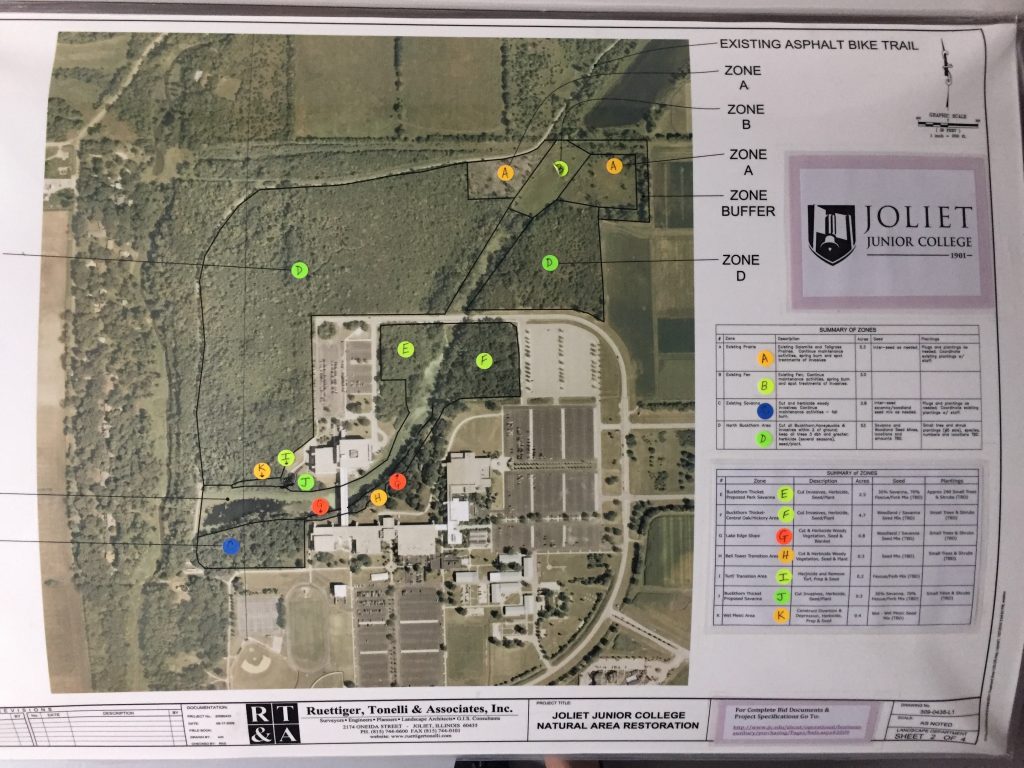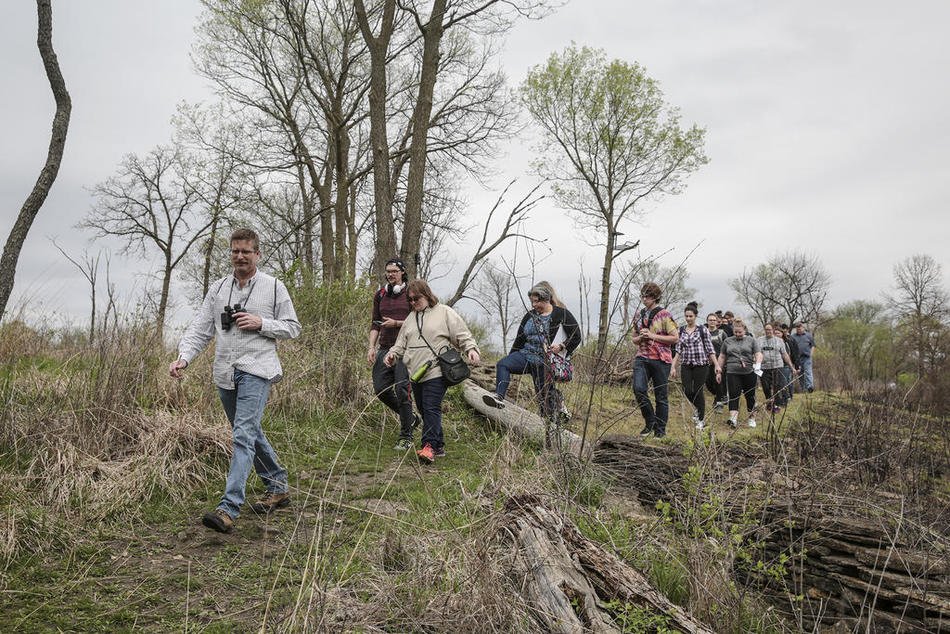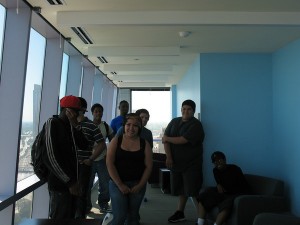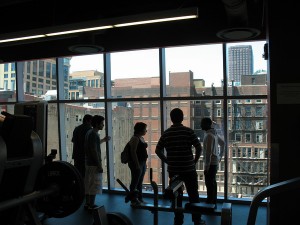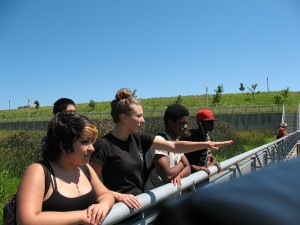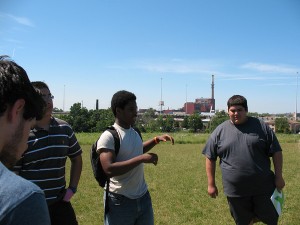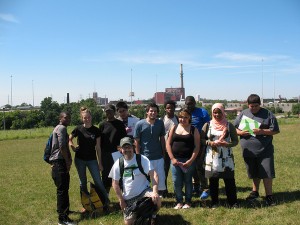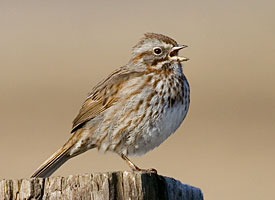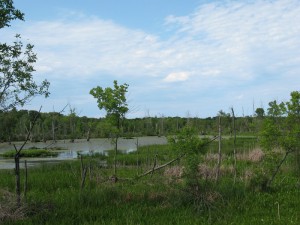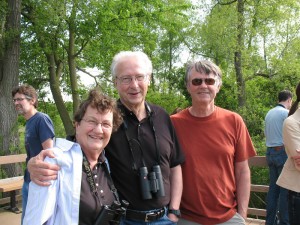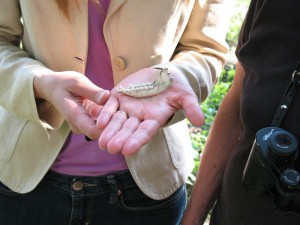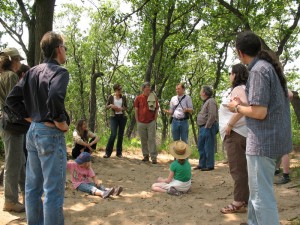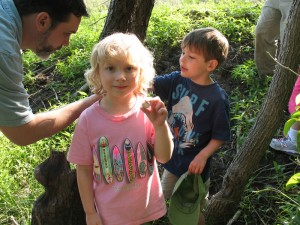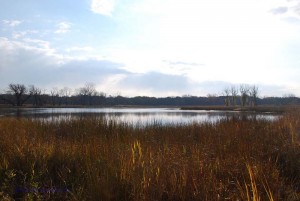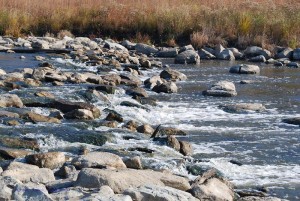
The Great Lakes Undergraduate Internship program for 2026 offers undergraduate students the opportunity to help address issues affecting coastal communities through social and environmental conservation sciences. Through this program, Illinois-Indiana Sea Grant’s (IISG) interns will gain knowledge and skills to support Lake Michigan coastal communities in making more informed decisions about resource management and everyday activities. These paid internships may include research, communication, or outreach activities. Applicants may also have an opportunity to participate in activities (for example, attend a professional conference) in addition to their specific internship duties.
As part of this program, IISG includes required professional development training that takes place, on average, for one hour per week, or approximately eight hours altogether. (One or more of these opportunities may take more than one hour, so in some weeks, no activities will be offered.)
Intern Positions
For 2026, up to eight intern positions are available in six topic areas: aquaculture, aquatic invasive species, green stormwater infrastructure, water resource economics, sustainable communities, and youth education.
Application materials are due by January 12, 2026. Successful applications will be notified of their acceptance by February 27, 2026, 5:00 p.m. ET.
All interns in the IISG program will be paid $17–18 per hour and work 37.5 hours per week for a minimum of eight weeks (June 1–July 24, 2026). Additional weeks may be available at the discretion of each intern’s mentor and are noted in the position description. Occasional work during evenings or weekends may be required. Each intern will be a student employee of Purdue University or the University of Illinois Urbana-Champaign.
Eligibility
Undergraduates currently enrolled in any 2- or 4-year accredited U.S. community college, college, or university are eligible.
- Graduate students are not eligible.
- Applicants should be U.S. citizens, permanent residents, or have an active F-1 visa.
- Previous IISG interns who have participated in the Summer Student Internship or Community Engaged Internship programs are not eligible.
Expectations
- Work 37.5 hours for eight weeks.
- Attend four professional development trainings.
- Submit a summary of your work and project at the end of employment.
- Participate in social media takeovers on Instagram.
- Attend a potential gathering of the intern cohort (encouraged).
- Attend weekly coffee breaks (encouraged).
- Attend career panel (encouraged).
- If working remotely, perform job duties during regular working hours unless otherwise arranged with the supervisor.
All interns are responsible for the cost of housing, plus transportation to and from their workplace.
Application
Applicants should submit their materials via esg.iiseagrant.org to the “2026 Great Lakes Undergraduate Internship” opportunity. Any questions should be
directed to Angela Archer, amcbride@purdue.edu. The following components should be included with your application.
- Cover letter. Please tell us about yourself, why you’re interested in the overall IISG internship and specifically the projects you’re applying for, how your experiences will benefit this internship, and how this opportunity will help you with your career goals. (1–2 pages)
- Curriculum vitae or resume detailing your education and work experiences. (2 pages maximum)
- Copy of unofficial transcript(s).
- One letter of recommendation on your behalf that can be sent directly to amcbride@purdue.edu or included in your application. Letters from family, friends, or IISG staff members will not be accepted.* (1 page maximum)
- Ranked preference of the available internship positions. If applying for the aquaculture intern position, please indicate which location is your top preference.
- Where or how you heard about the Great Lakes Undergraduate Internship program. (This information is used to improve future communications about IISG opportunities to interested students.)

